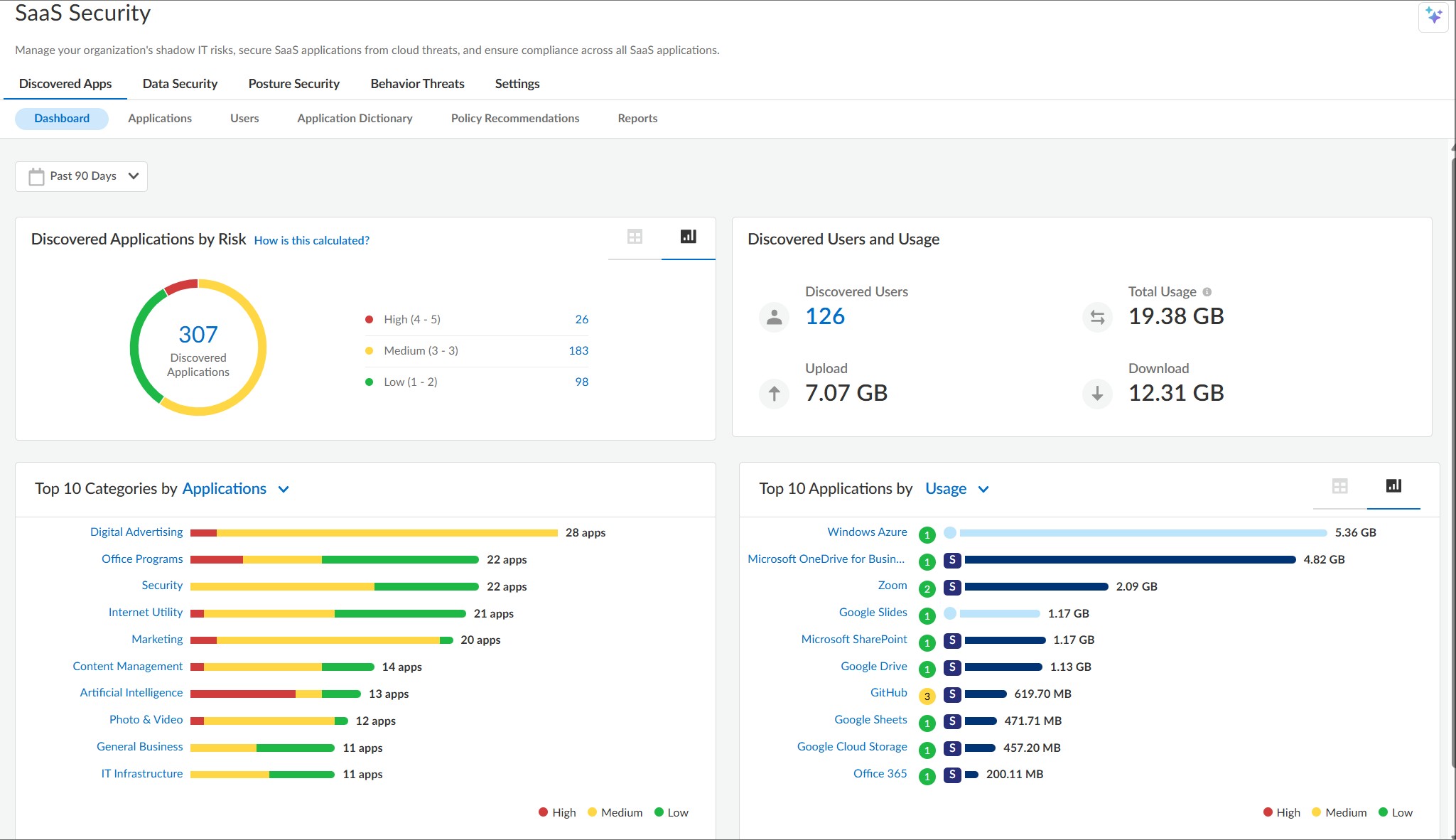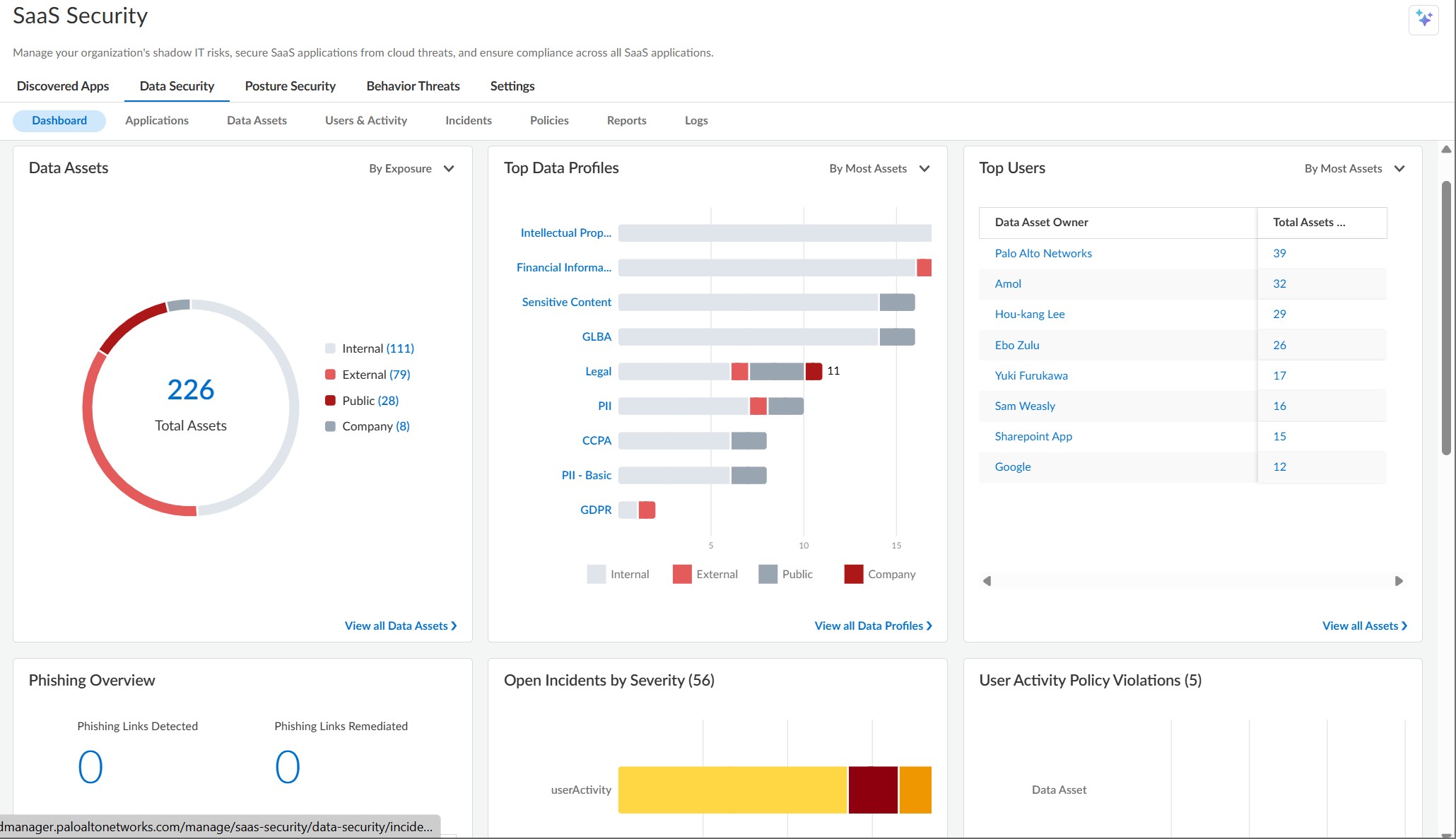Solution Background
As enterprises advance their digital transformation initiatives and migrate core business systems to the cloud, Distributed Denial of Service (DDoS) attacks have emerged as one of the most severe cybersecurity threats. According to the latest industry reports, global DDoS attacks grew by 47% in 2023, with peak single-attack traffic exceeding 1.5 Tbps. Sectors such as finance, gaming, and e-commerce are heavily targeted—a single successful attack can result in millions of dollars in direct economic losses and significant damage to brand reputation. Traditional defense systems are often ineffective against modern hybrid attacks, making it imperative to implement an intelligent cloud-based protection framework.
Solution Overview
This solution adopts a "Cloud-Based Scrubbing + Intelligent Protection" architecture:
- Attack Detection Layer: AI-driven traffic analysis engine enables attack recognition within seconds. Multi-dimensional attack signature database covering over 300 types of attacks. Dynamic baselines ensure 99.9% detection accuracy for abnormal traffic
- Protection & Scrubbing Layer: 15 global scrubbing centers with total capacity exceeding 10 Tbps. Intelligent routing ensures attacks are mitigated at the nearest location. Full protocol support: TCP, UDP, HTTP, HTTPS
- Security Operations Layer: 24/7 monitoring by security experts. Real-time attack visualization dashboard. Minute-level emergency response
- Adaptive Protection Policies: Custom protection strategies based on business characteristics. Automated learning of business traffic patterns. Intelligent threshold adjustment for evolving threat landscapes

Customer Pain Points
Enterprises currently face four major challenges in DDoS protection:
- Escalating Attack Volumes: Traditional hardware devices cannot withstand attacks at the terabit-per-second scale.
- Complex Attack Techniques: Hybrid attack patterns are difficult to detect and block effectively.
- High Business Continuity Requirements: Security measures must not impact legitimate user access.
- Operational Burden: Lack of skilled security teams increases pressure on internal IT
Solution Advantages
- Unmatched Protection Capacity: Single-point defense capacity up to 2 Tbps. Elastic scalability to 10 Tbps. Supports all mainstream attack types (SYN Flood, UDP Flood, etc.)
- Intelligent Defense System: AI engine enables attack identification within seconds. Auto-generated defense strategies. Real-time updates of attack signatures
- Zero Business Impact: Latency for legitimate access < 50 ms: Seamless switching between protection modes
- Professional Security Services: 24/7 monitoring by security experts. End-to-end attack event tracing. Regular security posture reports

Customer Benefits
- Enhanced Security Protection: 100% attack interception success rate, 99% reduction in business interruption risk, compliance with Cybersecurity Law 2.0 requirements.
- Business Value Protection: Ensures continuous stable operations, prevents multi-million dollar attack losses, maintains corporate brand reputation.
- Optimized Operational Efficiency: Saves hardware investment, reduces security operations pressure, frees IT human resources.
- Long-term Security Empowerment: Obtains latest threat intelligence, establishes security protection system, raises security awareness.
Case Study
A well-known e-commerce platform implemented this solution and successfully mitigated a hybrid DDoS attack peaking at 800 Gbps, ensuring stable operations during its Double 11 (Singles’ Day) sales event. Compared to traditional solutions, this approach reduced protection costs by 60%. It supports a pay-as-you-go model, allowing businesses to flexibly adjust protection specifications based on their needs. The typical return on investment (ROI) cycle is 3–6 months.